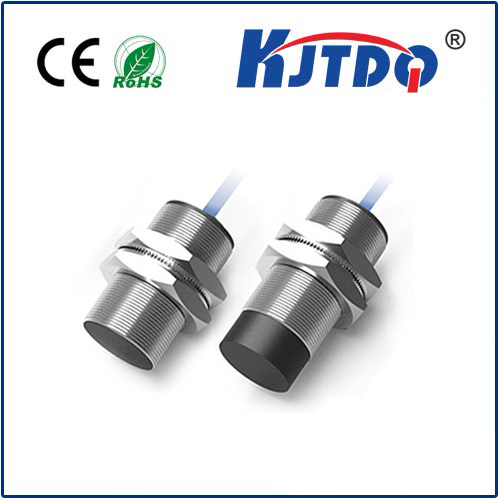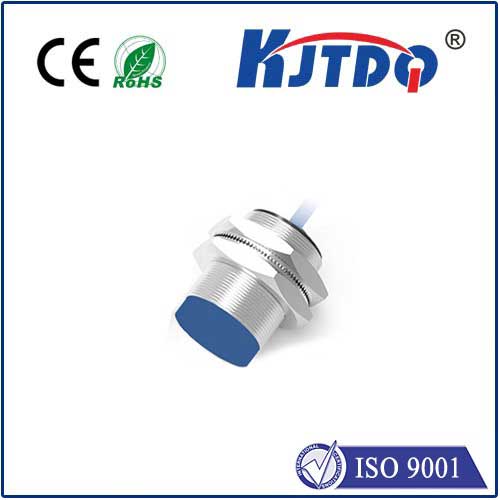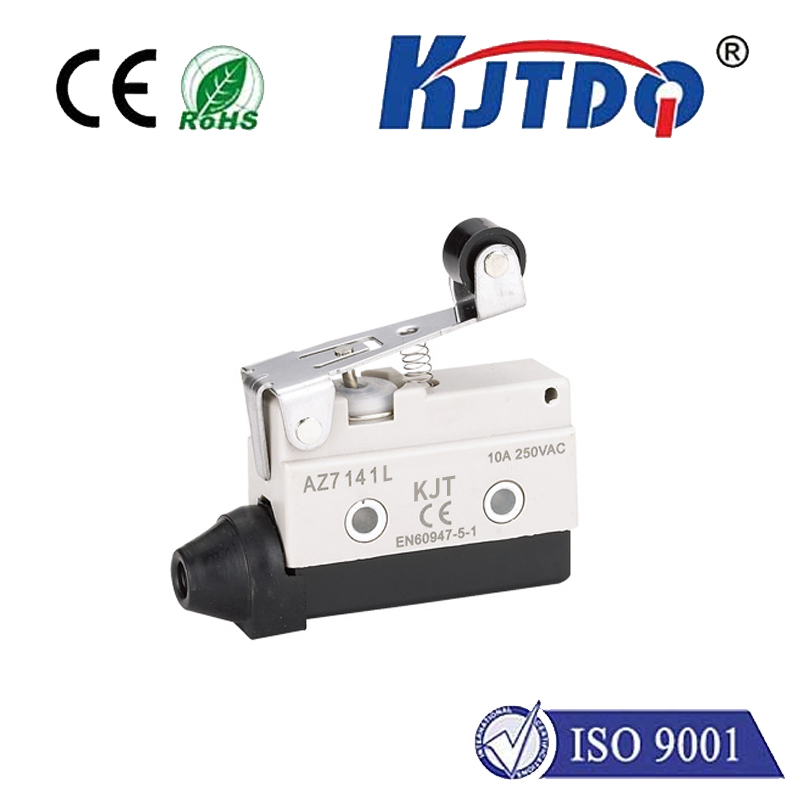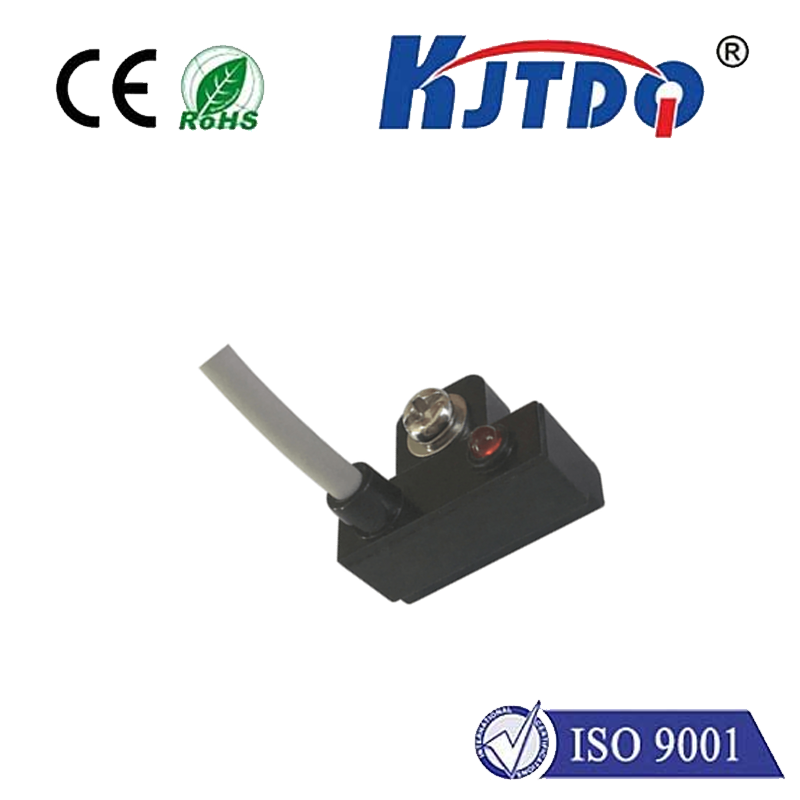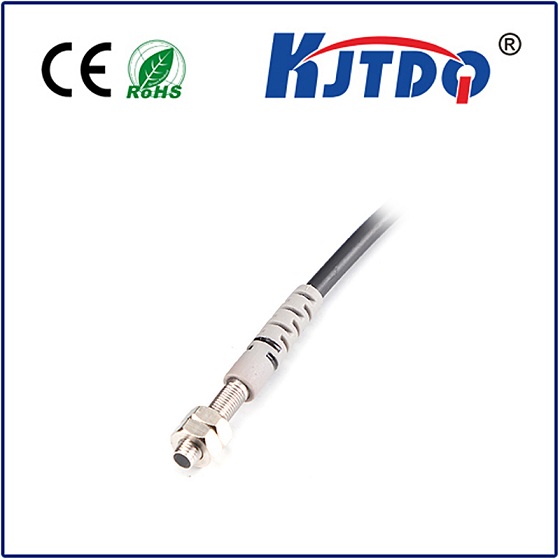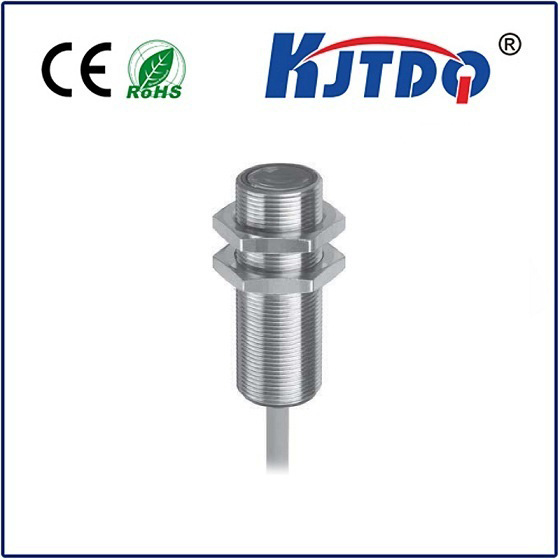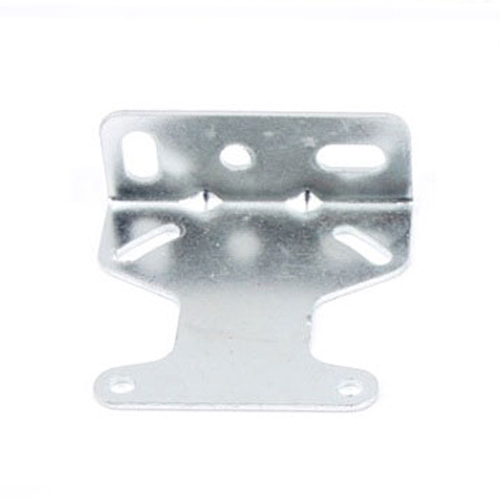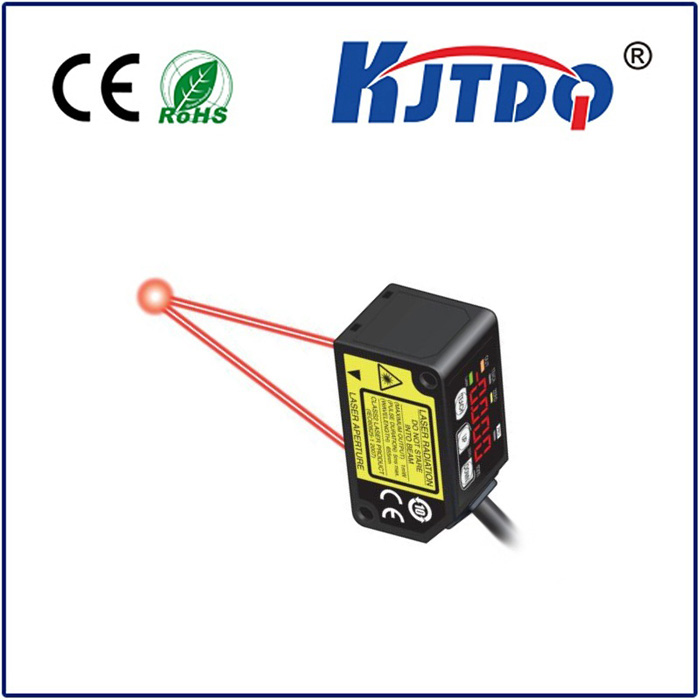DH-RJ-111 Pull rope switch
- time:2025-09-24 05:25:26
- Click:0
DH-RJ-111 Pull Rope Switch: The Vital Lifeline of Conveyor Safety
Imagine a fast-moving conveyor belt, a crucial artery in a busy mining operation or production plant. Suddenly, a blockage occurs, a worker’s clothing snags, or debris flies loose. In those critical split seconds, traditional control panels are often out of reach. This is where the DH-RJ-111 Pull Rope Switch becomes the indispensable safety net, a literal lifeline designed for rapid emergency shutdown. More than just a component, it’s a fundamental pillar of responsible industrial safety culture, preventing injuries and saving lives when seconds count.
Understanding the Pull Rope Switch Imperative
Conveyor systems, while essential for efficiency, inherently carry risks. Entanglement, impact, falling materials, and unexpected movements pose constant hazards to personnel working nearby or performing maintenance. Regulatory bodies worldwide mandate stringent safety measures around such machinery. Emergency stop devices, accessible from any point along the hazard zone, are not merely recommended; they are often a legal requirement (referencing standards like ISO 13850, AS 4024.1603, or similar regional equivalents). The Pull Rope Switch fulfills this requirement effectively for long, linear machinery like conveyors.
How the DH-RJ-111 Operates: Simplicity Breeds Reliability
The genius of the DH-RJ-111 Pull Rope Switch lies in its robust and intuitive design:

- The Lifeline: A strong, durable cable (the pull rope) runs the entire length of the conveyor, positioned within easy reach of personnel on either side.
- The Sentinel Units: The rope is threaded through and anchored by multiple DH-RJ-111 switch units, strategically mounted along the conveyor structure at intervals (typically every 20-40 meters, depending on standard requirements).
- The Trigger: Any significant pull or tug on the rope, at any point along its length, creates tension.
- The Critical Action: This tension directly actuates a mechanism within every DH-RJ-111 unit that the rope passes through. This mechanism forces the internal switch contacts to change state instantaneously.
- Safety Shutdown: This contact change sends an unambiguous emergency stop (E-stop) signal directly to the conveyor’s motor control center (MCC) or safety relay system. The conveyor’s drive power is cut immediately, bringing the entire system to a controlled, rapid halt. This is its fail-safe principle – a fault or activation defaults to the safest state (stopped).
Key Features and Advantages of the DH-RJ-111
While specific features can vary slightly by manufacturer, the design principles embodied in units like the DH-RJ-111 typically include:
- Longitudinal Actuation: Activation occurs by pulling along the rope’s length, not just perpendicularly. This increases reliability and reduces false triggers.
- Self-Monitoring Capability: Many modern designs, including variants like the DH-RJ-111, incorporate mechanisms that can detect slack rope conditions (which could render the system ineffective) or cable breakage. This self-diagnosis sends an immediate fault signal, prompting maintenance before an emergency occurs.
- Robust Construction: Built for harsh industrial environments – dust, moisture, vibration, and temperature fluctuations are common considerations. IP65 or IP66 ingress protection ratings are typical, signifying strong resistance to dust and water jets.
- Dual Channel Contacts: Often equipped with positively driven NC (Normally Closed) and NO (Normally Open) contacts. This redundancy enhances safety reliability and allows flexible integration into various safety control circuits (e.g., for monitoring circuit integrity).
- Manual Reset: After activation, the DH-RJ-111 Pull Rope Switch usually requires a manual reset at the point of actuation. This crucial feature prevents the conveyor from restarting automatically before the cause of the emergency has been investigated and resolved. A deliberate, conscious reset action is mandatory.
- Clear Visual Indication: Often features a highly visible flag or indicator that changes position when tripped, allowing quick identification of the activation zone from a distance.
Critical Applications Beyond Conveyors
While intrinsically linked to conveyor safety, the emergency stop function provided by the DH-RJ-111 Pull Rope Switch is vital on numerous long, linear machinery setups:
- Processing Lines: Assembly lines, packaging lines, sorting systems.
- Material Handling Systems: Pallet conveyors, overhead conveyors, bucket elevators (external access).
- Airport Baggage Handling: Long stretches requiring accessible emergency stops.
- Power and Free Systems: Where trolleys move along tracks.
- Large Machining Lines: Automated transfer lines.
- Entertainment Industry: Stage machinery, moving platforms.
Installation and Maintenance: Ensuring Peak Performance
The effectiveness of a Pull Rope Switch system hinges entirely on correct implementation and upkeep:
- Strategic Positioning: Mount DH-RJ-111 units securely at specified intervals along the conveyor frame. The rope must run tautly, within easy arm’s reach of personnel (typically 500-700mm above walkway level).
- Precise Rope Tension: Follow manufacturer guidelines meticulously. Too loose, and it won’t actuate reliably; too tight, and it may cause unnecessary friction or premature wear. Initial tensioning and regular checks are vital.
- Secure Anchoring: Ensure end anchors are immovable. Intermediate brackets should guide the rope smoothly without causing binding.
- Routine Inspection & Testing: Establish a strict schedule. Regularly inspect the entire rope length for cuts, abrasion, or corrosion. Check each DH-RJ-111 switch unit for physical damage, freedom of movement, and correct operation. Regularly test the entire system by pulling the rope at various points to confirm it sends the E-stop signal and requires a manual reset. Document all inspections and tests.
- Training: Ensure all personnel working near the equipment understand the purpose of the yellow pull rope, how to use it in an emergency, and the importance of not tampering with it.
DH-RJ-111: A Model-Specific Commitment to Safety
The designation “DH-RJ-111” typically represents a specific model conforming to established design principles. When sourcing such a critical safety component, verify its certifications against relevant local and international safety standards (e.g., CE, IEC, UL, etc.). Ensure its specifications (voltage/current ratings, contact configuration, IP rating, operating temperature) align perfectly with the application’s demands. Proven reliability and compliance are non-negotiable.
Investing in the Lifeline
Implementing a properly installed and maintained Pull Rope Emergency Stop system, exemplified by components like the DH-RJ-111 Pull Rope Switch, is far more than a box-ticking compliance exercise. It is a tangible commitment to workplace safety. It provides workers with immediate, accessible control over dangerous machinery, empowering them to protect themselves and their colleagues. In the dynamic, often unpredictable environment of industrial operations, this visible yellow rope and its robust switches stand as a constant guardian, ready to act as the vital lifeline that prevents catastrophe.






